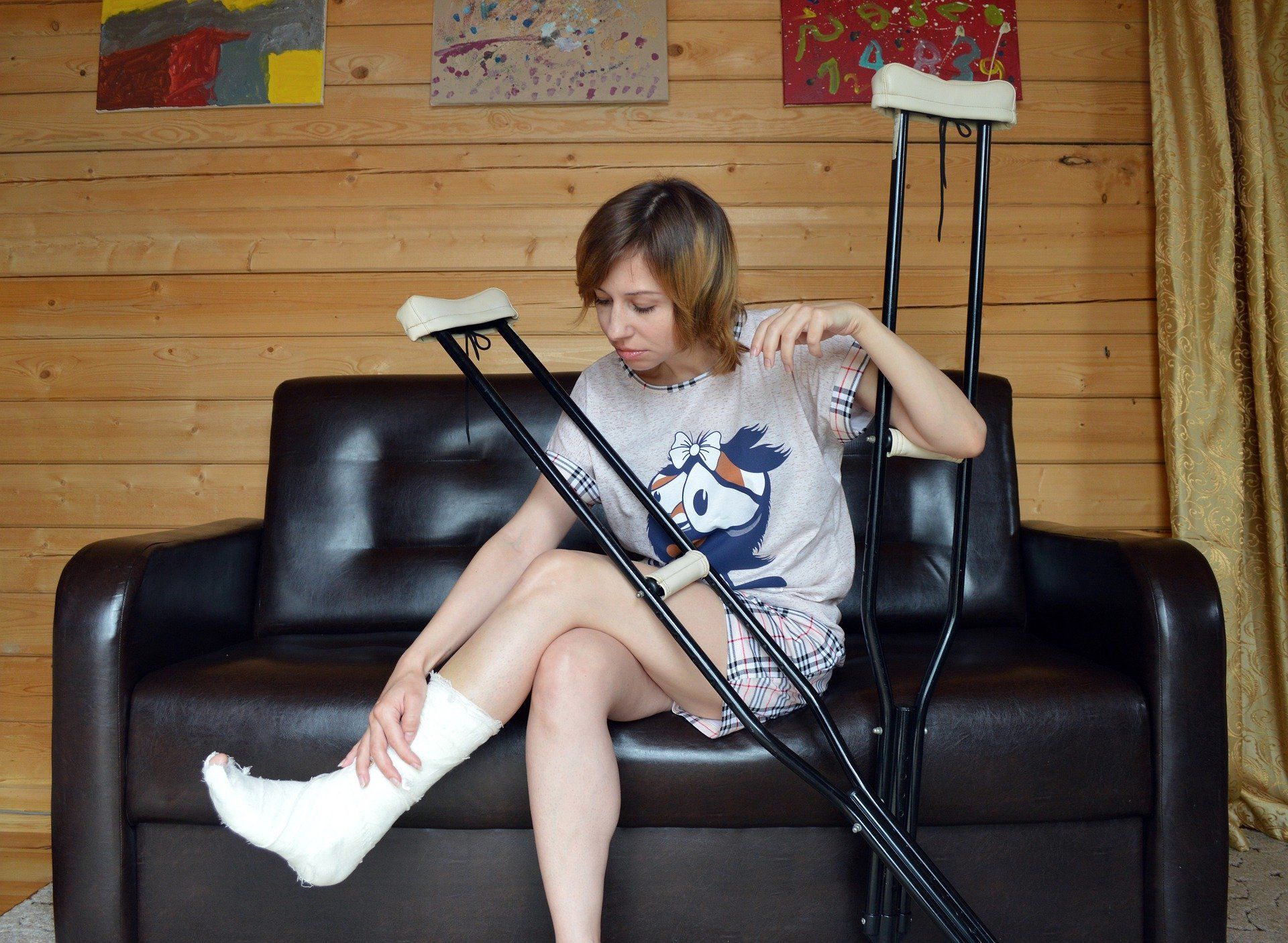Workplaces can be dangerous, more so in construction sites and industrial environments. Accidents can be caused by numerous factors, including mishandling hazardous materials.
Many variables can influence or contribute to the safety of a workplace, but luckily, there are proven ways to prevent workplace injuries and accidents. But because some accidents are unavoidable, companies can protect their employees by providing them with workers’ compensation benefits.
Tripping and Slipping
Trips and slips are quite common in most working environments, including offices, factories, and classrooms. Gravity contributes to this, but the working environment could well be at fault. Improper housekeeping, wet patches, slippery flooring, and loose mats can all be sources of workplace-related hazards.
However, mopping the floor during non-working hours can help prevent trips and slips by ensuring the floor isn’t slippery. It is recommendable to install anti-slip flooring in a work environment where trips and slips are frequent. People working in an environment prone to frequent spills should consider wearing non-slip footwear to avoid trips and slips.
Signage and lighting can also help avoid falls and slips. Keeping stairways and pathways well-lit and marked with uneven footing signage can help avoid falls. Workplaces should also formulate a policy for placing a warning sign whenever a potential hazard pops up.
Muscle Pain and Strains
Workplace injuries can range from shoulder pain to backaches. Muscle pain and strain risk can increase when a worker continues to work in an awkward posture or perform repetitive tasks that cause muscle strain. Workers should note that it is extremely costly to prevent workplace injuries than changing the way you behave at work. Management can prevent minor workplace injuries through safety training.
For example, something as simple as training warehouse workers to properly lift heavy loads can be a game-changer. Employing adequate workers is a proven way to prevent repetitive muscle pain and other work-related injuries. Ensuring proper maintenance of equipment and encouraging workers to take regular breaks can also make a huge difference.
Management can reduce the risk of strains and pain on workers doing heavy lifting jobs by equipping them with crates that can be pushed or pulled on roller castors. Equipment can save time and increase efficiency while ensuring the safety of workers.
Fatigue
Working without taking regular breaks is a common cause of accidents in the workplace. Workers need to take regular breaks to recover from grueling tasks. Not doing so can result in exhaustion and atrophy.
Dehydration
Dehydration can cause disastrous consequences. Failing to drink enough water on hot days can cause cardiac conditions and heat stroke. However, workers can avoid this by drinking enough water while at work. Managers should emphasize the importance of taking enough rest and dehydration to maximize the safety of workers.
Industrial Deafness
Workers might think that exposure to loud noise is a thing of the past and can only happen in old, heavy industries. However, that’s not the case because even non-industrial workers continue to suffer from loud noise exposure while at work.
However, safety measures such as equipping workers with ear protection can help prevent it. Replacing old, loud equipment and machinery with modern ones is also an effective measure to prevent industrial deafness.
Lacerations and Cuts
Some office equipment can leave workers nursing painful cuts. It is easy for individuals working with paper trimmers and power saws to do themselves harm while at work. Inadequate safety procedures, poor training and failing to wear proper protection is the leading cause of lacerations. However, workers can avoid cuts and lacerations by utilizing safety training programs and safety equipment.
Workers are exposed to hundreds of accidents, but these six accidents can be prevented by taking precautions, including wearing protective gear and taking work safety training courses seriously.












